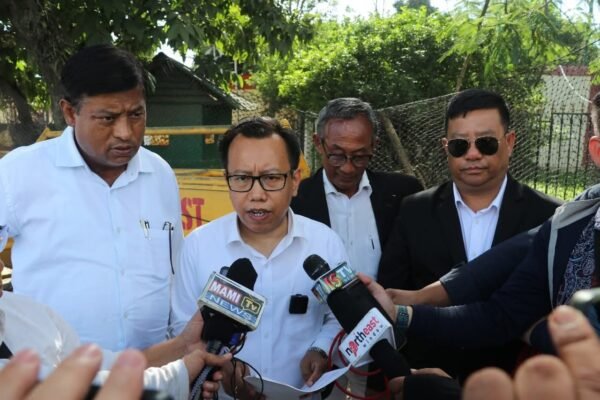Researchers at the Indian Institute of Technology (IIT), Guwahati have developed an Artificial Intelligence (AI) model to predict the healing of thigh bone fractures after surgery.
According to the team, the model can be used to evaluate the healing outcomes of various fracture fixing strategies, to select the best technique for the patient, based on their unique physiologies and fracture type.
These precision models can reduce the healing time, and lessen the financial burden and agony of patients, who require treatment for thigh fractures.
The outcomes of the research have recently been published in the open-source journal – “PLoS One”.
The Assistant Professor of Department of Biosciences and Bioengineering in IIT Guwahati – Souptick Chanda noted that “AI has tremendous potential when it comes to understanding and predicting complicated biological events and hence, might play a crucial role in health sciences applications.”
The research team has used a combination of Finite Element Analysis and the AI tool “Fuzzy Logic” to understand the healing process of fracture after various treatment methods.
Various bone growth parameters were used along with a rule-based simulation scheme for this purpose.
The study further examined the influence of different screw fixation mechanisms to compare the fracture healing efficacies of each process.
Besides, the predictions of healing made by the model agreed well with experimental observations, pointing to its reliability.
“Our simulation model can potentially help a surgeon choose the right implant or technique before a fracture treatment surgery. In addition to various biological and patient-specific parameters, the model can also account for different clinical phenomena, such as smoking, diabetes, etc. The model can also be adapted for veterinary fractures which are, physiologically and in various aspects, similar to those occurring in humans,” Chanda added.
The researchers plan to develop a software or app based on the algorithm that can be used in hospitals and other healthcare institutions as part of their fracture treatment protocols.
The team is presently collaborating with Dr Bhaskar Borgohain and his team of orthopaedists from the North Eastern Indira Gandhi Regional Institute of Health and Medical Sciences Hospital, Shillong, for animal studies to validate and fine-tune certain parameters.
“The research is useful because incidences of thigh bone and hip fractures have increased significantly due to the increasing geriatric population in the world. An estimated 2 lakh hip fractures occur every year in India alone, most of which require hospitalization and trauma care. Treatment for hip fractures traditionally includes bone plates and rods to bridge the fracture site and promote bone healing,” said Pratik Nag, research scholar at IIT Guwahati.
“Fracture treatment methods are intuitively chosen by surgeons based on their experience, and there is no way of predicting the efficacy and success of the treatment method chosen. Our research will help increase the accuracy rate in decision-making in orthopaedics, thereby reducing the cost and disease burden associated with fracture recovery,” he added.









